|
As restaurants have taken steps to keep business running, operators have embraced radical reinvention: transitioning from fine-dining establishments to takeout providers, from selling deli sandwiches to groceries. How can you fortify your restaurant for the future? Now is the time for considering ideas that may have seemed crazy just last year. The restaurant industry advisory Aaron Allen & Associates found that 82 percent of restaurant positions today could potentially be automated. Though they stressed they aren’t suggesting the human element of restaurants be removed, their findings do provide reason for operators to assess how technology brings efficiencies to not only restaurant categories but to other industries – and anticipate what they may have to do in the future to compete.
Is there an area where your restaurant can give a little bit in order to demonstrate customer benefits in the long run? According to this Bloomberg report for the Washington Post, Chipotle had offered free delivery for much of the second quarter to entice customers. Now it is beginning to charge for that service, but the company has found that customers who used Chipotle’s app for free delivery are now going on to use the app to place orders for pickup – especially when they are reminded that they can do this for free and for a typically shorter wait time. Chipotle is gaining new converts to pickup – as well as more customer data – all for charging more for delivery and communicating well through its app.
Still using paper menus? In an environment where AI-powered digital menus can upsell, cross-sell and suggest dishes based on a customer’s past orders or even the weather, the paper menu is likely to become an increasing liability. According to McKinsey research, personalization can deliver five to eight times the return on investment on marketing and can increase sales by 10 percent or more. What’s more, having a data-driven understanding of what customers are ordering will help you better predict what they are likely to order in the future – and help you minimize waste and the expense it generates.
The current pandemic has been a test of how effectively restaurant operators can pivot to offering new services – and as many parts of the U.S. face potential waves of opening and closing, restaurants will have to be able to scale up and scale back services quickly. Technology can help – and Modern Restaurant Management predicts a rise in microservices-based architecture, which allows different services (like curb-side pickup, for one) to be quickly developed, deployed and maintained. This nimble approach to technology allows operators to launch new services quickly, all while responding to data around guest preferences.
When Boston-area Kowloon Restaurant had to adapt its 1,200-seat restaurant to new operating requirements for COVID-19, it got creative – with technology and with the experience it decided to offer guests. It adopted a new online payment system that allows people to start a drinks tab, view menus, order food, pay, tip and even ask the restaurant to wrap leftovers. It also converted its large parking lot into a drive-in movie theater, which gives guests an old-school, carhop-style experience while minimizing contact with staff. How can tech help you change the experience you’re able to offer guests right now?
Waste generated by the restaurant industry costs around $25 billion annually, according to Restaurant Hospitality. But on the flip side, efforts to prevent food waste can cut an individual restaurant’s food costs by between 2 and 6 percent. At a time when community needs are great, you can use technology to not only help get a more accurate handle on how much you order based on the supply available, but you can also connect leftover food with people who need it – all while cutting your costs. With help from an Oracle system, the restaurant Panini Internazionale reached its goal of zero waste. Restaurant Technology News reports that the brand uses its system to offer a 50 percent discount to students during the final two hours of business. Then at the end of the day, it alerts local charities to pick up their remaining stock.
|
Subscribe to our newsletterArchives
July 2024
Categories
All
|

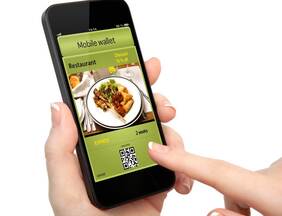
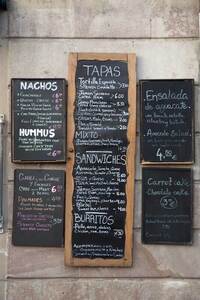

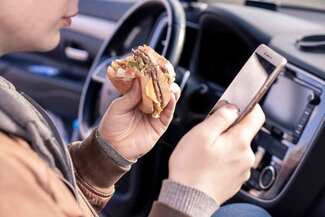
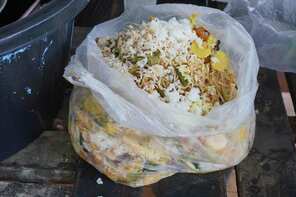


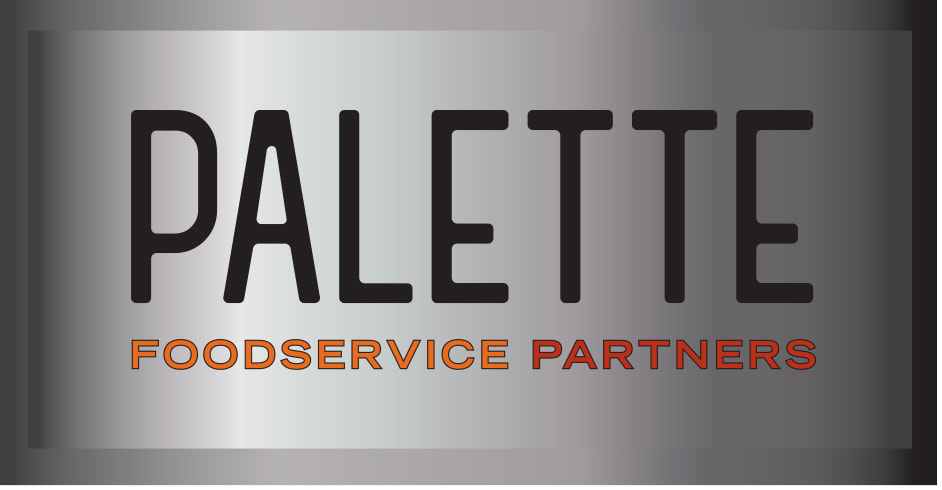
 RSS Feed
RSS Feed